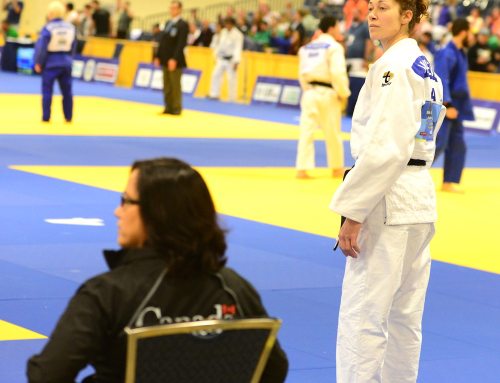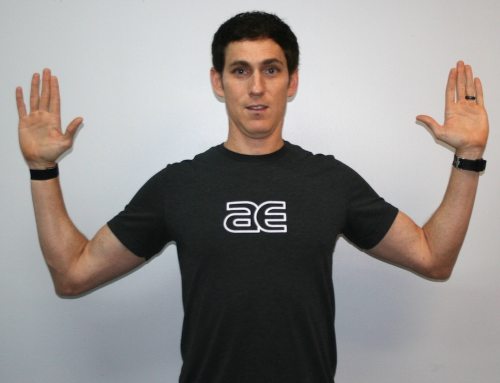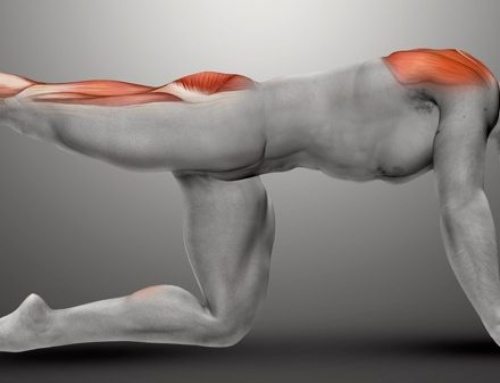By Brian Diaz
Many athletes, from the first-timer to the experienced marathoner, struggle with what to do after a marathon or at the end of the season. There is a reason why great marathoners like Ryan Hall run only a couple of marathons a year. Marathons are exhausting, and the body needs to rest and recover between them.
The saddest thing I see as a physical therapist is athletes who have completed five marathons in eight months and wonder why they are having iron problems, shin splits and are starting to develop plantar fasciatis. We need to let our bodies recover between races, and at the end of the season, we need time off entirely.
The best marathoners begin recovery immediately after they finish the race. They continue to walk around the moment they finish (some ultra-marathoners may even jog). Not only does this allow for a gradual coming down of the heart rate, but doing this every few hours for 10-15 minutes until the end of the day will help prevent blood pooling, DVTs and cramping.
At the same time, you need to replenish your glycogen stores and allow for cellular-tissue repair by ingesting a balance of carbohydrates and some protein. Most races will have an arsenal of donated food and products waiting for you near the finish line. There are also many recovery drinks and some of them will be available at the race. But in a pinch, many of our athletes love plain old chocolate milk.
You will probably feel like doing nothing but walking, rehydrating and replenishing for the remainder of the day, but the following day would be a great time to get a massage. Massage is one of the missing links to improved performance over time and it needs to become a mainstay in your training and recovery routines. Often, the body tries to find its best position to maximize muscle force during training and racing and most of the time that puts us into a spiraled position, favoring one side or the other. Many therapists miss the rotational component that muscles often exert on the joints and skeleton and think that runners have only linear problems.
But whether a runner, triathlete, basketball player, tennis player or golfer, combined with gravity, our body develops a way that mobilizes us best. As the volume of exercise and movement increases, the amount of tightness on certain areas of the body increases, and it needs to be addressed before injury occurs, performance wanes or both. A good massage therapist takes some patience to find, but once you find one, try to make it a priority to get a massage after big races and throughout periods of tough training.
Lastly, consider how much time you should take off. There is no perfect answer to this and each person will have to figure out what works best on an individual basis, but I can tell you this: You need to rest in order to get better.
For many of you, the winter is considered offseason and following your last race or long run in the fall you will need to take off at least three weeks of running (some triathletes take off up to six full weeks). If you are a runner and just finished a late-season marathon, like Hall did with Chicago, find something else to occupy your time.
Hall went fishing with his dad. You can go hiking with the kids, kayaking with a friend, or try a new sport, like paddle boarding. All of these things will keep you active without stressing the body in the same way as training hard for the marathon did. Yes, you may drop a little in fitness. But you will only be stronger when you pick back up.
# # #
Brian Diaz is the head physical therapist and sports specialist at ActivEdge Fitness & Sports Performance in Durham/Chapel Hill. He works with massage therapist Ellen Langhi, who has had great results in “unwinding” the spiral with massage, stretching and exercise techniques. You can reach him at 919-493-1204 or at www.ExperienceTheEdge.com.





